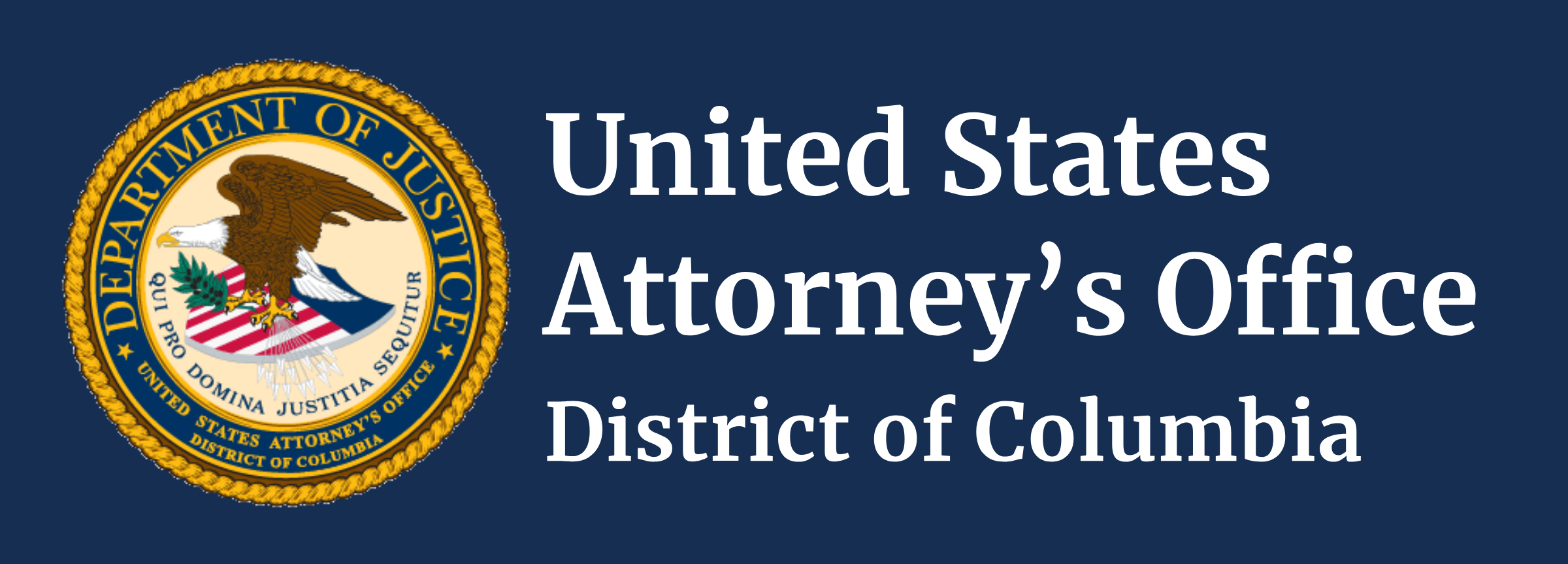The county’s aerial support emergency response program is the first of its kind in the state of Idaho, and marked one full year of operations on August 28, 2024.
COEUR d’ALENE, Idaho – The recent search and rescue efforts in Fourth of July Pass for missing hiker Pam Wigle (70) and her dog Hedy showcased one of the benefits of Idaho’s first Airborne Law Enforcement program. With the use of an infrared camera and powerful spotlight, the air support helicopter unit, ABLE1, was able to locate Wigle and guide deputies to her side.

So, how did Kootenai become the first county in the state to operate an air support unit and how does the program work?
The county’s Airborne Law Enforcement program took years to develop. The research and groundwork was laid during the administration of former Sheriff Ben Wolfinger and the Memorandum of Understanding “to provide qualified and duly licensed pilots/flight personnel to operate a 1994 Bell 206BIII Helicopter owned by the Kootenai County Regional Air Support Unit and utilized by the Kootenai County Sheriff’s Office law enforcement personnel for law enforcement activities during emergency situations” was approved by county commissioners in February 2023. Previous to this agreement, the county used a company out of Whitefish, Montana, for aerial support and Spokane County, Washington, for agency assists.
Kootenai County Regional Air Support launched its first flight for Kootenai County Sheriff’s Office (KCSO) on August 28, 2023, to assist in locating a missing person. The second flight occurred on the same day, aiding deputies in setting a perimeter to locate a robbery suspect who had shot a man. To date, the 501(c)(3) non-profit has flown 140 times, and county taxpayers haven’t been charged for services rendered or operational costs.
Lieutenant Mark Ellis and Detective Jerrie Northrup, who retired in December 2022 after 22 years with KCSO, spearheaded the project and worked to establish the Memorandum of Understanding (MOU) between the county and the non-profit. Both were Tactical Flight Officers (TFO) for Spokane County and understood the capabilities and benefits of aerial support that drones and ground units cannot provide. When increased need in Spokane kept its air support too busy to respond to KCSO requests for aid, the men moved forward to establish dedicated air support for Kootenai County.

For years, local pilots like Todd Stam had offered their aircraft and skills to help in search and rescue and emergency response, like flooding and wildfires. Although the need was evident and the offers attractive to the county, the pilots’ aircrafts were not fitted with the right equipment and the operation of the aircraft at the behest of the county required certain legal agreements.
“We met with partners throughout the community and business leaders, and the Coeur d’Alene Tribe,” stated Ellis. “Every hurdle we had was overcome until the point where we had $800,000 in donations to purchase a helicopter.”
Ellis explained that the original idea was to purchase an aircraft, add specialized equipment, and then donate it to the county. However, the commissioners were concerned that taxpayers would incur maintenance and operational costs if ownership was transferred to the county. This led to the creation of the non-profit which owns the aircraft and covers all costs relating to maintenance, insurance, fuel, equipment, and hanger lease.
The MOU requires the non-profit to carry a minimum of $2,000,000 in general liability insurance, and the county’s insurance policy through Idaho County Risk Management Program (ICRMP) also carries the same minimum coverage. Since this is the first air support program in Idaho, ICRMP actually had to create a new coverage section for aviation to meet the county’s insurance needs. “This is such a pioneering program, no one has ever done it,” stated Ellis. “Idaho can be a little bit slower in a lot of stuff, so this was a learning thing…for the state of Idaho.”
When asked, county administration officials verified its insurance policy specifically covers the air support operations and the non-profit provided Kootenai Journal a copy of its insurance summary showing coverage through June 2025.




Four volunteer pilots, six volunteer TFOs, and one volunteer mechanic are overseen by Unit Commander Mark Ellis and Unit Supervisor Ryan Miller. Lt. Ellis has been with KCSO since 2006 and Sgt. Miller since 2007. Chief Pilot Dave Cummings has over 40 years experience on both fixed wing and helicopters. Pilot Todd Stam grew up in Sandpoint and raised five kids with his wife in Coeur d’Alene where they established a construction business. Pilot RJ Garwood comes with over 14 years experience in law enforcement air support.
Pilot Stephen Henry is a Marine veteran with three combat tours, Purple Heart recipient, and former peace officer. “I love serving this community, especially helping find missing kids,” shared Henry, who was born and raised in North Idaho. “Lt. Ellis and Sgt. Miller are two of the best guys I have ever worked with.”
The non-profit has assisted other Idaho agencies in Bonner, Benewah, Shoshone, and Latah counties, as well as Spokane County. Typical flights assist law enforcement in welfare checks, missing persons, warrant services, fugitive searches, vehicle pursuits, structure fires, domestic abuse calls, and driving under the influence. It takes roughly 30 minutes to get the helicopter airborne, so there are times when the unit launches to support ground patrol during peak hours. This allows for a quick response time if a ground patrol unit requests assistance. These flights also serve as an important part of TFO training. “I need the TFOs to be proficient and if they don’t ever get a chance to practice their skills, they aren’t going to be ready to deal when the actual call comes out,” stated Ellis.
“One agency assist in Latah County was for a suspect who shot prison guards,” stated Ellis. “Kootenai Fire and Rescue, as well as Coeur d’Alene Fire, are very interested in the help air support can provide.” In one test flight, Ellis and Stam spotted a fire on Canfield Mountain which was called in, and the fire was able to be extinguished before it grew. “After lightning storms, we like to go out with night vision goggles where we can see a fire from 10 miles away.”
Ellis wants the community to know that they try to be very transparent by providing incident reports for all flights. “If the community ever has a question about what we are doing, the website is a good place to go to see what was going on in a specific area.” Ellis also stressed that there is no targeted surveillance, unless they are assisting in the execution of a search warrant. “We are bound by laws that do not allowed us to do targeted surveillance without a search warrant,” stated Ellis. “If the helicopter is circling an area over and over again, it’s for a call for service.”
As with most programs related to government, especially law enforcement operations, ABLE1 has received some criticism. Opponents to the program raised concerns that it would be used for traffic patrol. Commissioner Leslie Duncan shared this concern and addressed it directly in a 2023 public meeting, where she clarified that traffic patrol was not a legitimate use of ABLE1 and no traffic patrols would be allowed. Ellis confirmed that ABLE1 has never been used as a traffic patrol unit. However, responding to a request for assistance from a ground unit on traffic patrol does occur, and provides a way to maintain both public and officer safety.
For instance, high-speed ground pursuits create a great risk to suspects, peace officers, and others on the road. To reduce this risk, Ellis explained that ground units can back off a dangerous pursuit if air support can be called in to observe the suspect vehicle and provide location updates to ground units. “We’ve been up and actually been able to guide units back into a pursuit or help them back off and not push the pursuit as fast so the suspect didn’t have the red and blue lights pushing them so hard.”

Another frequent critique is that operations of an aerial support unit, especially one owned by a private non-profit, places the county at a heightened risk of liability. While it is true that actions taken by county employees, contractors, and elected officials do carry inherent risks, the county has taken steps to mitigate its risk exposure through insurance coverage, standards of training, and command oversight. Undersheriff Brett Nelson confirmed that he maintains operational control and oversight of the air support program. “Operational use of the air asset lies with me. When a request for the airship is made, I am directly contacted for approval of use and deployment,” stated Nelson.
Nelson has not extended his command oversight to direct onboard supervision, delegating such duties to Ellis and Miller. Therefore, Nelson has not been onboard ABLE1 during flight operations. Some nay-sayers of the air support program have accused county elected officials of using the helicopter for sight-seeing. Kootenai Journal was unable to find any record to back up such allegations. When directly asked if they had “flown on the county’s air response unit since it started operations in August 2023,” Clerk Jennifer Locke, Commissioner Leslie Duncan, Commissioner Bruce Mattare, Coroner Duke Johnson, Sheriff Bob Norris, and Treasurer Steve Matheson all stated they have not. Assessor Béla Kovacs and Commissioner Bill Brooks where unable to be reached for comment.
The most strenuous opponents of the program have used social media to politicize a fatal aviation crash from February 2022. The tragic incident claimed the life of the TFO, Huntington Beach Police Officer Nicholas Vella, and sent the pilot to the hospital with critical injuries. The preliminary investigation by the National Transportation Safety Board (NTSB) showed mechanical issues were reported before the crash. NTSB publicly released its investigation documents in December 2023. The Aircraft Performance Study concluded that, “The helicopter was traveling at a low airspeed and with its nose nearly 90° right of the flight track before the uncommanded right yaw event. While accelerating and gaining translational lift, the power requirements on the anti-torque system would have changed and needed to be continuously adjusted in a timely manner.” This finding appears to be consistent with the pilot’s interview and incident report.
Kootenai County Regional Air Support is hosting its first fundraiser on September 26 at the Coeur d’Alene Airport in Hayden. The High Flying Evening Fundraiser will raise money to “better serve the community through our 100% volunteer air support role in Kootenai County.” Event tickets and further information about the air support program can be found at https://kcrasu.com.







